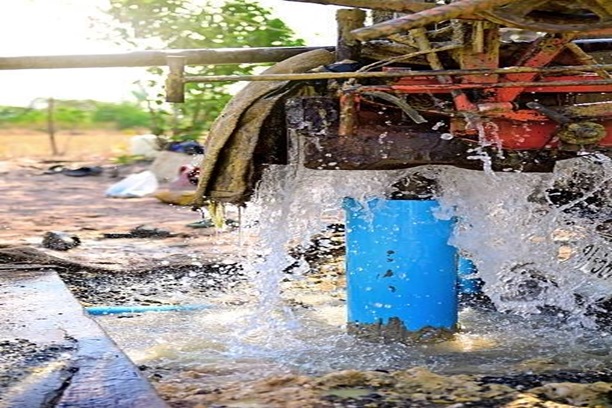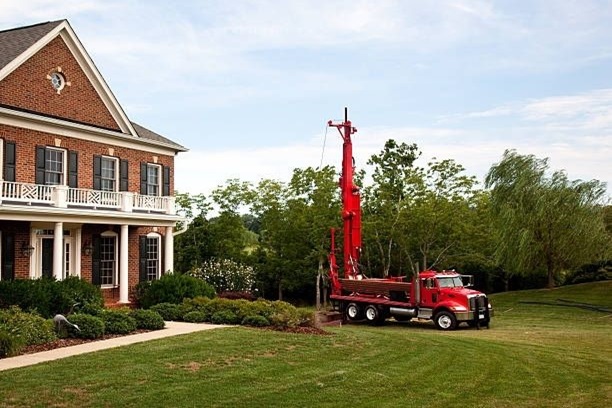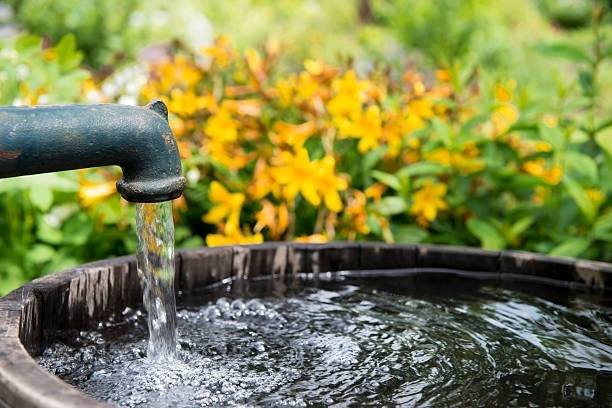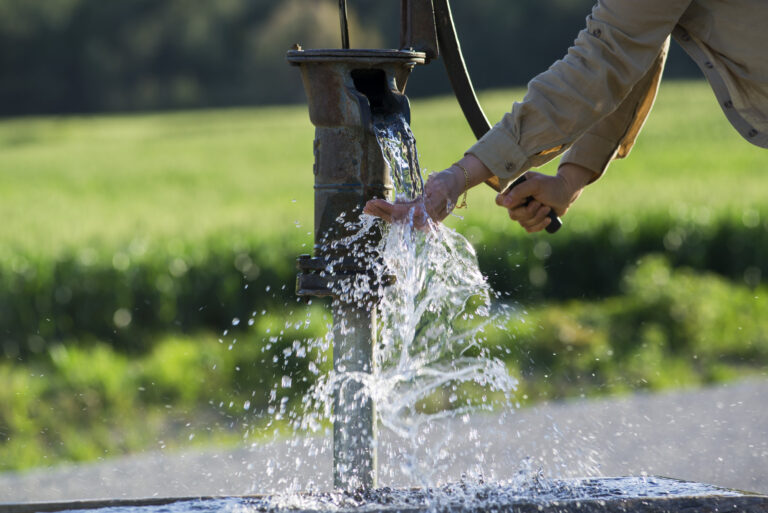Maintaining a well drilling system is crucial for ensuring the continuous supply of clean and reliable water. Regular maintenance not only extends the lifespan of the well but also helps prevent costly repairs and safeguards water quality. Establishing a comprehensive maintenance schedule is essential for well owners to stay proactive and address potential issues before they escalate. Here’s a detailed guide on creating and implementing a well drilling maintenance schedule.
1. Routine Inspections:
Regular visual inspections of the well and surrounding components are the foundation of a maintenance schedule. Inspect the wellhead, casing, pump, pressure tank, and electrical connections for signs of wear, damage, or corrosion. Look for leaks, cracks, or vegetation growth near the well, as these may indicate potential issues with the well structure or integrity.
2. Water Quality Testing:
Periodic water quality testing is essential for ensuring that the water from your well remains safe and potable. Test for common contaminants such as bacteria, nitrates, arsenic, and minerals that can affect water quality and pose health risks. Schedule water testing at least once a year or more frequently if there are changes in water taste, odor, or color, or if there are known sources of contamination nearby.
3. Pump Maintenance:
Regular maintenance of the well pump is crucial for optimal performance and efficiency. Inspect the pump motor, pressure switch, wiring, and connections for any signs of wear or damage. Lubricate moving parts according to manufacturer recommendations and ensure that the pump intake screen is free of debris and sediment buildup. Consider scheduling professional pump maintenance every 1-3 years, depending on usage and manufacturer guidelines.
4. Pressure Tank Inspection:
Check the pressure tank regularly for proper pressure levels and signs of corrosion or leaks. Test the pressure switch to ensure it is functioning correctly and adjust pressure settings as needed. Inspect the tank’s air bladder or diaphragm for leaks or damage, and replace if necessary. A well-maintained pressure tank helps regulate water pressure and prevents premature pump wear.
5. Well Cleaning and Rehabilitation:
Over time, wells may accumulate sediment, scale, or biofilm buildup, reducing water flow and quality. Schedule periodic well cleaning and rehabilitation to remove deposits and restore optimal well performance. Methods such as hydrofracturing, brushing, surging, or chemical treatments can help dislodge obstructions and improve well productivity. Consult with a professional well contractor to determine the most suitable cleaning method for your well.
6. Electrical System Inspection:
Ensure that the electrical components of your well system are in good condition and meet safety standards. Inspect wiring, connections, and electrical panels for signs of damage, corrosion, or overheating. Test electrical conductivity and grounding to prevent electrical hazards and ensure the safe operation of the well pump and associated equipment.
7. Emergency Preparedness:
Include provisions for emergency maintenance and repairs in your well drilling maintenance schedule. Identify emergency contact information for well drilling contractors, plumbers, and water quality laboratories. Keep essential tools, spare parts, and emergency supplies on hand to address unexpected well issues promptly.
8. Record Keeping:
Maintain detailed records of all maintenance activities, water quality test results, repairs, and service calls related to your well drilling system. Keep a logbook or digital record of maintenance schedules, inspection dates, and any observed issues or abnormalities. This documentation helps track the performance of your well over time and provides valuable information for troubleshooting and future maintenance planning.
In conclusion, a well drilling maintenance schedule is essential for preserving the performance, reliability, and safety of your water supply. By conducting routine inspections, testing water quality, performing pump and pressure tank maintenance, and scheduling periodic well cleaning and rehabilitation, well owners can ensure the longevity and efficiency of their well systems. Establishing a comprehensive maintenance schedule and adhering to best practices for well maintenance is crucial for protecting water quality, preventing costly repairs, and maintaining uninterrupted access to clean and reliable water for years to come.




